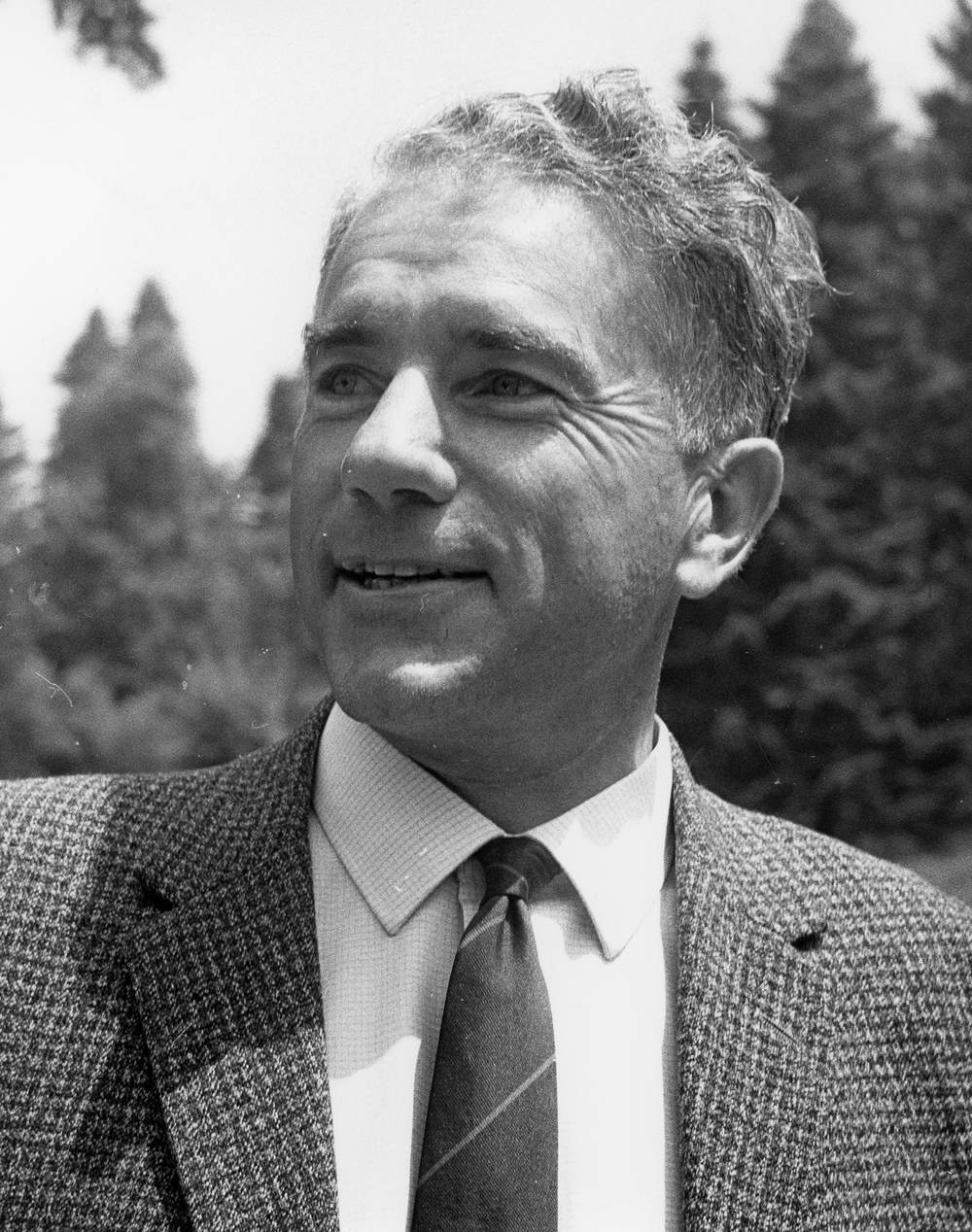
Peter Anderson: The Quiet Alchemist Forging Art in the Digital Age
In the swirling vortex where silicon meets soul, where algorithms dream in colour and light, few figures have cast as long and intricate a shadow as Peter Anderson. A pioneer whose work transcends the conventional boundaries of art and technology, Anderson has spent decades meticulously crafting a legacy that speaks to the very essence of human connection in an increasingly digital world. Often described as a quiet maverick, his influence has been both profound and subtly pervasive, shaping how we perceive the interplay between the organic and the synthetic.
Born in the industrial heartland of England in the mid-20th century, Anderson’s early life was a fascinating tapestry woven from seemingly disparate threads. While his peers were drawn to traditional pastimes, young Peter found himself equally captivated by the intricate mechanics of disassembled radios and the ethereal beauty of classical music. He devoured books on cybernetics and philosophy with the same voracity he applied to sketching the natural world around him. This dual fascination – with structured systems and boundless creativity – would become the bedrock of his artistic philosophy.
"I always saw the beauty in the circuit board, just as I saw it in a leaf," Anderson once mused in a rare interview from his secluded studio, his voice soft but resonant with conviction. "Both are intricate systems, designed with an inherent elegance, though one is natural and the other engineered. My work has always been about finding the dialogue between them, to reveal their shared poetry."

Anderson’s formal education initially steered him towards engineering, a practical path chosen more out of familial expectation than personal passion. Yet, even within the rigid confines of technical study, his artistic sensibilities refused to be silenced. He began experimenting with early computer graphics in the late 1970s, a nascent field dismissed by many as a novelty. While others saw mere pixels, Anderson saw potential – a new palette, a new canvas, a new language for expression.
His breakthrough arrived in the early 1980s with "Echoes of Tomorrow," an interactive sound and light installation that stunned the art world. Housed in a darkened gallery, the piece responded to visitors’ movements, generating an ever-evolving symphony of electronic tones and shifting light patterns. It wasn’t just a static artwork; it was an experience, a living, breathing entity that engaged the audience as co-creators. Critics, initially bewildered, eventually hailed it as a landmark. The Guardian at the time noted, "Anderson has not just brought technology into the gallery; he has forced the gallery to reckon with the very definition of art itself."
This seminal work established Anderson’s reputation as a visionary, but it also cemented his unique methodology. Unlike many digital artists who embraced the cold precision of algorithms, Anderson sought to imbue his creations with a palpable sense of humanity and organic unpredictability. He spent countless hours coding, not just to make machines perform tasks, but to make them feel, or at least simulate feeling in a way that resonated deeply with human observers. He was, in essence, an alchemist, transforming binary code into poignant emotion.
His subsequent projects continued to push boundaries. "The Algorithmic Canvas," a series of large-scale digital projections, used real-time environmental data – wind speed, light intensity, even local bird songs – to dynamically generate abstract art, ensuring no two moments of the artwork were ever identical. Each viewing was a singular, unrepeatable experience, a fleeting dance between nature’s chaos and the machine’s order. "I wanted to create something that breathes, something that changes with the world around it, just like a forest or a river," he explained. "The computer is just the medium, the conduit for that change."
Yet, Anderson’s journey was not without its challenges. The art establishment, steeped in centuries of traditional mediums, often viewed his work with suspicion. Funding for such experimental projects was scarce, and the technology itself was often cumbersome and prone to failure. He frequently found himself battling against the perception that digital art was "cold" or "soulless," lacking the tangible touch of the artist’s hand.
"They called it ‘cold’ and ‘soulless’ at first," Anderson recalled with a faint smile, a glint of defiance in his eyes. "But I saw it as a new language waiting to be spoken, a way to explore the intangible, the ephemeral. The challenge was not just to create, but to convince people that this was art, that it had depth and meaning beyond its technological facade."
He famously argued that the ‘human touch’ in digital art lay not in the physical brushstroke, but in the conceptual architecture, the intricate coding, and the profound philosophical questions embedded within the work. "The artist’s hand is there," he insisted, "it’s just translated into logic gates and algorithms. The intention, the passion, the vision – that remains entirely human."
Throughout the 1990s and 2000s, as digital technology became more ubiquitous, Anderson’s influence grew exponentially. He mentored a generation of artists, lectured at prestigious institutions worldwide, and his ideas became foundational to fields like interactive design, virtual reality art, and generative music. He was instrumental in demonstrating that technology wasn’t just a tool for replication or utility, but a powerful engine for entirely new forms of aesthetic experience.

One of his most enduring legacies is his steadfast belief in accessibility. Unlike many artists who guard their creative processes, Anderson was a vocal advocate for open-source principles in digital art. He often shared his code and methodologies, encouraging others to build upon his foundations. "Art should not be confined to galleries or exclusive circles," he stated. "If technology allows us to share and create collectively, then we have a moral obligation to embrace that. It democratizes the artistic process."
In recent years, Anderson has turned his attention to the ethical implications of artificial intelligence. His latest installation, "The Empathic Interface," explores the potential for AI to understand and respond to human emotions, pushing the boundaries of human-computer interaction into intensely personal territory. The work, a series of evolving visual and auditory landscapes generated by an AI that "learns" from audience responses, raises profound questions about consciousness, empathy, and the future of human-machine coexistence.
"Technology isn’t merely a tool; it’s an extension of our collective consciousness, a mirror reflecting our deepest desires and anxieties," Anderson posited in a recent panel discussion. "With AI, we are not just building machines; we are building entities that could potentially learn to create, to feel, to dream. We must approach this with immense responsibility and a profound sense of wonder."
Despite his global recognition, Peter Anderson remains an intensely private individual. He shuns the limelight, preferring the quiet solitude of his studio, where he continues to experiment, to code, and to ponder the next frontier of artistic expression. His influence, however, is anything but quiet. It echoes in the interactive exhibits of modern museums, in the immersive experiences of virtual worlds, and in the very way we now conceive of art as a dynamic, evolving dialogue between creator, technology, and audience.
Peter Anderson is not just an artist; he is a philosopher in pixels, a poet of algorithms, and a prophet of the digital age. His legacy is not just in the bytes and programs he crafted, but in the profound questions he compels us to ask about our humanity in an increasingly technological landscape. As the digital age continues its relentless march, Anderson’s work serves as a vital reminder that at the heart of every innovation, every line of code, and every shimmering pixel, lies the enduring, transformative power of the human spirit. He is, truly, the quiet alchemist, forever transforming the raw elements of technology into the gold of human experience.


